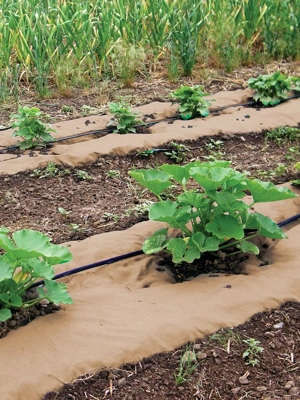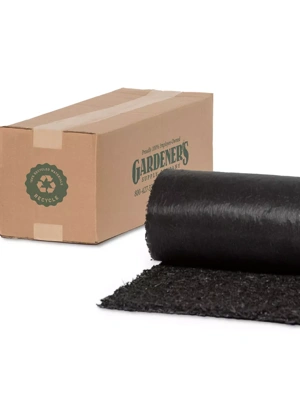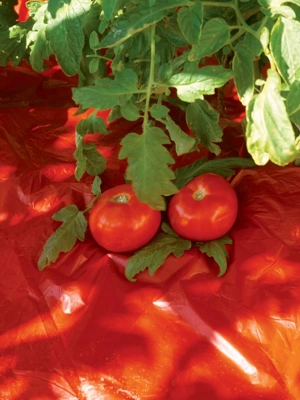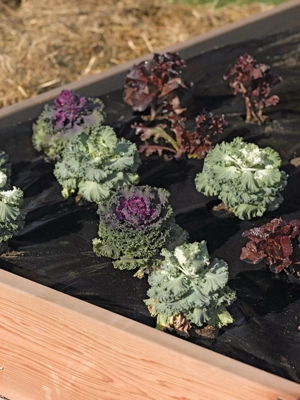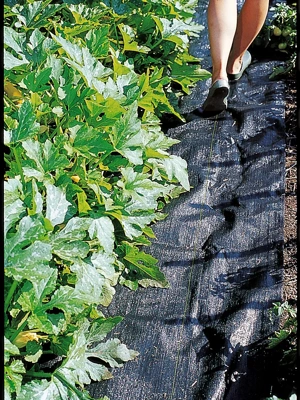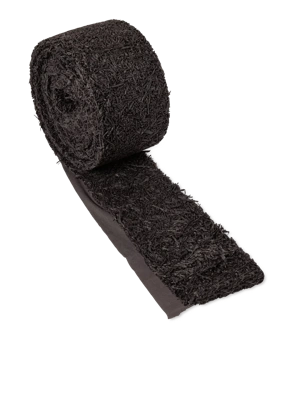How Much Mulch Do I Need?
Calculate the amount of mulch required to complete your project
 These gardens are mulched with pine bark. The paths are wood chips.
These gardens are mulched with pine bark. The paths are wood chips.Whether you're buying bagged bark mulch or purchasing a truckload, you'll need to determine how much you'll need to get the job done. Our calculator can help. In general, bark mulch should be spread in a 2" to 4" deep layer — any deeper and you risk smothering roots. See other tips below. This calculator is also handy for determining how much pea stone you'll need for a path.
Mulch Calculator
Measure the length and width, or the diameter, of the area to be mulched. Tip: For irregularly shaped beds, break them into rough rectangles and circles. Then calculate the mulch needed for each section and add them for the total mulch needed.
*we recommend 2-4"
Note that one cubic yard of mulch (often just called "a yard") is 27 cubic feet. Most bags of mulch hold 2 cubic feet. So there are 13.5 bags of mulch in a yard.
An organic mulch, such as bark mulch and pine straw, offers many benefits to plants and soil. It helps hold in moisture, minimizes soil temperature fluctuations, keeps weeds at bay, and adds a decorative final touch. All types of gardens can be mulched — perennial gardens, raised beds, vegetable gardens, even planters!
FAQs for Proper Mulching
Q. Should I mulch under my trees?
A. Yes. But no mulch volcanoes! Grass growing under trees will intercept much of the water and fertilizer you apply, keeping it from reaching the trees' roots. Keep a large (3' plus), turf-free circle around the trunk. Extend it out as the tree grows. (Grass often struggles to grow in the shade anyway.) A 2" to 4" layer of organic mulch, such as shredded bark, bark chips, or pine straw, helps conserve moisture and keeps weeds at bay. To prevent rot, keep mulch at least 6" away from the trunk, and definitely don't pile it against the trunk.
 Piling mulch against tree trunks holds moisture against the bark, inviting rot. Avoid these "mulch volcanoes" by applying a thin (2" to 4") layer of mulch under trees, keeping it at least 6" away from the trunk.
Piling mulch against tree trunks holds moisture against the bark, inviting rot. Avoid these "mulch volcanoes" by applying a thin (2" to 4") layer of mulch under trees, keeping it at least 6" away from the trunk.Q. What is used to dye red and black mulches?
A. The dyes are generally made from a base of either iron oxide or carbon. Both materials are used in many other applications and are considered safe. The only concern with dyed mulches is that they may be made from recycled wood, as opposed to bark. The source of the wood can be just about anything, such as old pallets, which is a concern for some people. Also, note that light-colored concrete and stone can be stained by dyed mulch.
Q. Is it better to buy mulch in bulk or by the bag?
A It depends on how much you need, among other factors. Bulk mulch is usually less expensive by volume. For example, at a recent visit to a garden center, bagged cedar mulch was $5.99 for a 2 cubic foot bag. Bulk mulch was $46 per cubic yard. A cubic yard (often just called "a yard") is 27 cubic feet. So the price per cubic foot was bulk, $1.70; bagged, $3.00. Note that this did NOT take into account any delivery charge.
| Pros | Cons | |
|---|---|---|
| By the Bag |
|
|
| By the Yard |
|
|
Last updated: 06/18/2024
Print this Article:
Related items
Get the Dirt
Stay up to date on new articles and advice. Please fill out the information below.


